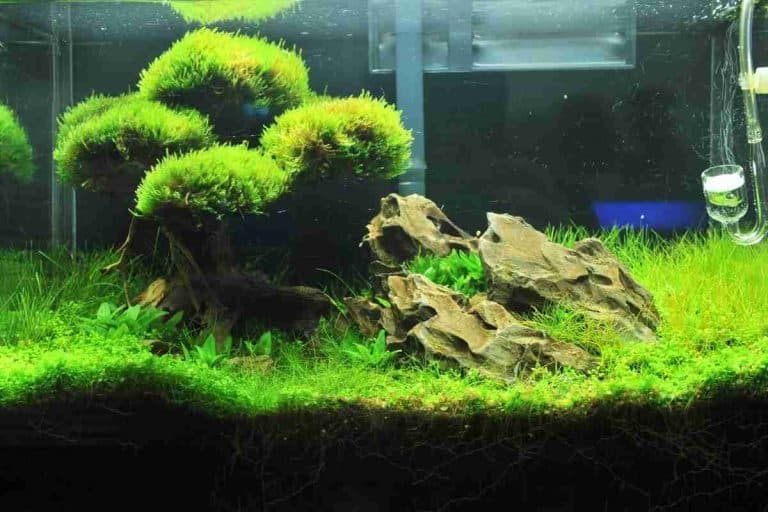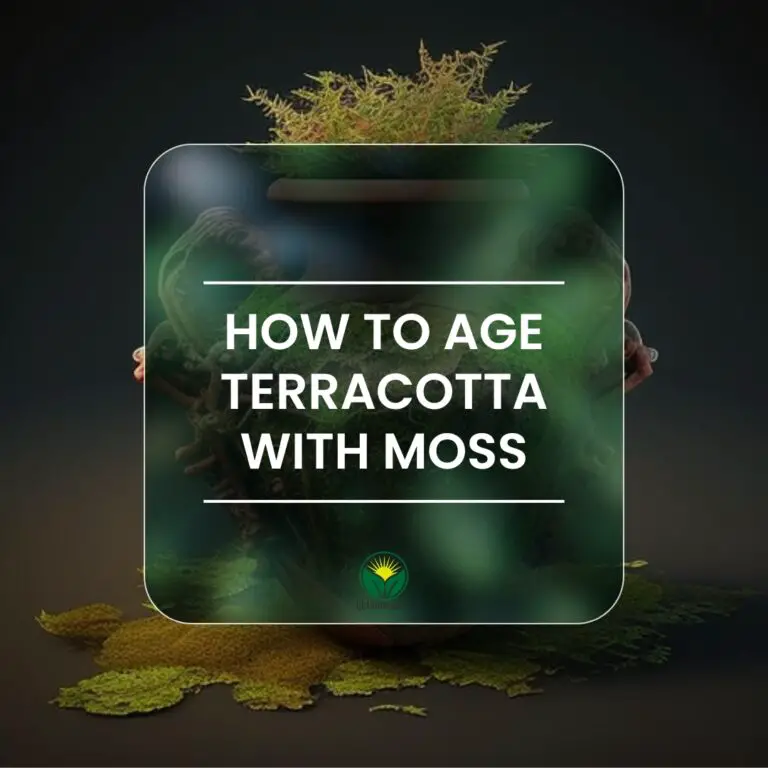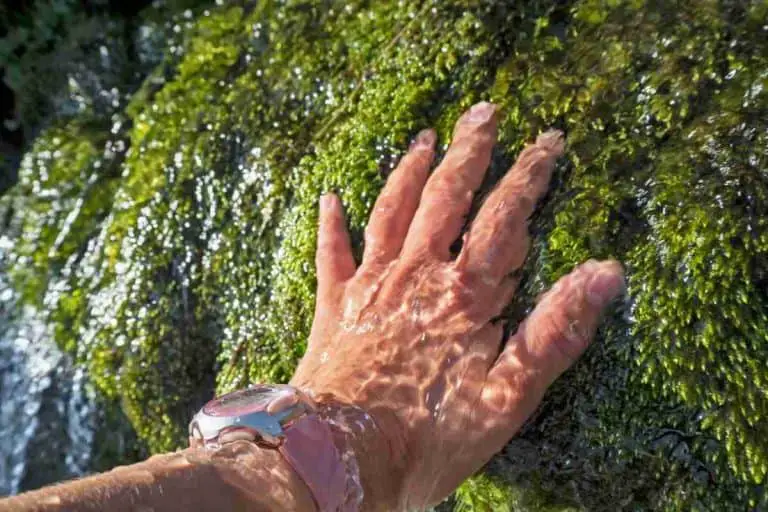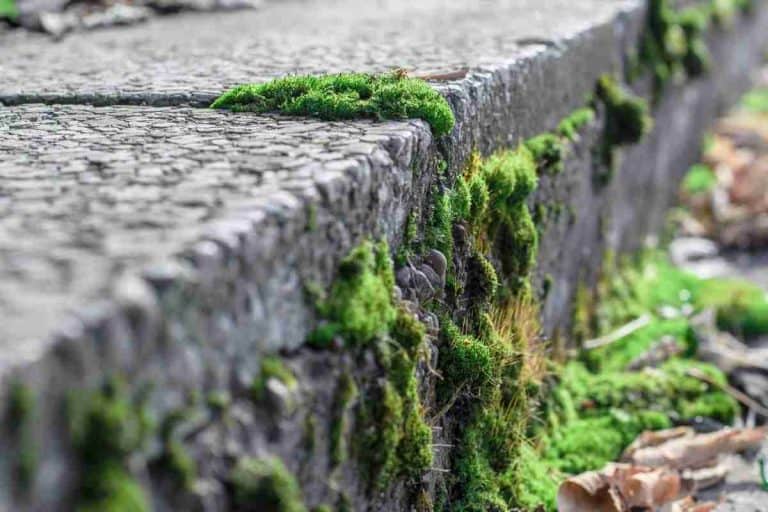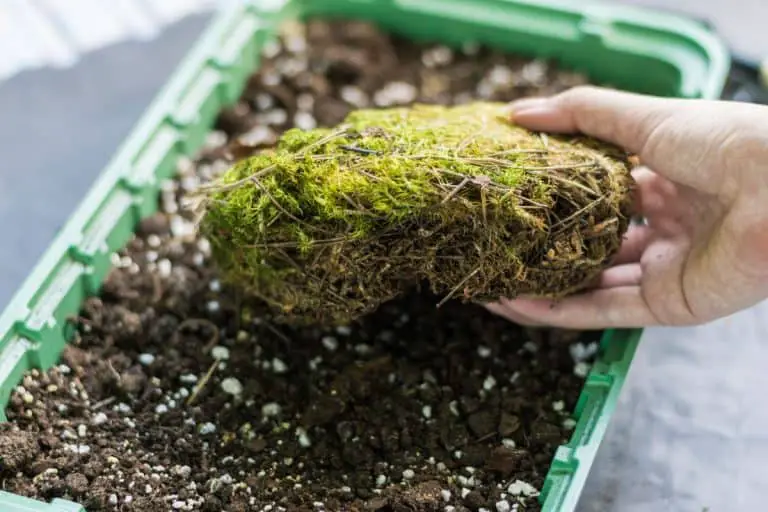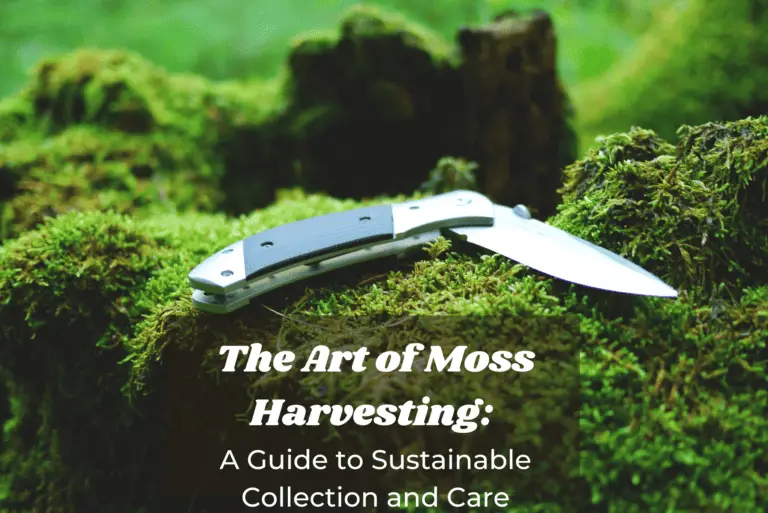What Does Algae Eat? Algae’s Unique Eating Habits
What Does Algae Eat? Algae are a type of plant that can be found in a variety of habitats, from freshwater to marine environments. There are more than 30,000 different species of algae, and they come in a wide range of colors, shapes, and sizes.
However, one question that often arises is what does algae eat to survive?
Well, in this blog post, we’ll take a closer look at the unique eating habits of algae and also explain how they get all the nutrients they need to thrive.
So, What Does Algae Eat?
Algae are a group of aquatic organisms that includes both eukaryotic and prokaryotic species. Most algae are autotrophic, meaning they use photosynthesis to produce their own food.
Most types of algae will absorb carbon dioxide and sunlight to create glucose through photosynthesis. However, there are some species of algae that are heterotrophic, meaning they cannot produce their own food and must consume other organic matter to survive.
Heterotrophic Microalgae will grow in the dark using organic compounds like bacteria, protozoa, and dead plant material as carbon and energy sources, and even other algae.
Some species of algae can also switch between being heterotrophic or autotrophic depending on the environmental conditions.
For example, when light levels are low or carbon dioxide levels are high, some types of algae will switch to a heterotrophic mode of nutrition.
Water is another source of food for algae. Many algae species can absorb water through their cell walls and use it to help with photosynthesis. Some types of algae will also release oxygen gas into the water as a by-product of photosynthesis.
What Algae Eats:
- Carbon Dioxide From Sunlight
- Nutrients From Water
- Dark Organic Compounds
So as you can see, algae have a variety of ways of getting the food and nutrients they need to survive. In most cases, they will use photosynthesis to produce their own food. However, there are also some species that are heterotrophic and will consume other organic matter.
You May Also Like To Read:
What Does Aquatic Algae Eat?
Freshwater algae are a type of algae that live in, you guessed it, freshwater environments. This can include ponds, lakes, and rivers.
Like other types of algae, most freshwater algae are autotrophic meaning their crate their own nutrients and energy by photosynthesis. This type of algae you often see as a green slime on the rocks or sides of ponds and rivers.
This is due to the fact that they need sunlight to perform photosynthesis so they will often grow in areas where there is plenty of sunlight.
However, If the algae absorb too many nutrients this can cause algae blooms. Algae blooms are when the algae grow out of control and can cause problems for the environment and local wildlife.
Algae blooms are often cited as one of the leading causes of water pollution. These massive growths of aquatic plants can deplete oxygen levels in the water, leading to the death of fish and other marine life.
In addition, algae blooms can block sunlight from reaching underwater plants, robbing them of the energy they need to grow. Algae blooms are also unsightly and can make swimming and other water activities unpleasant.
Aquatic Algae Food Source:
- Bacteria
- Organic Matter
- Carbon Dioxide
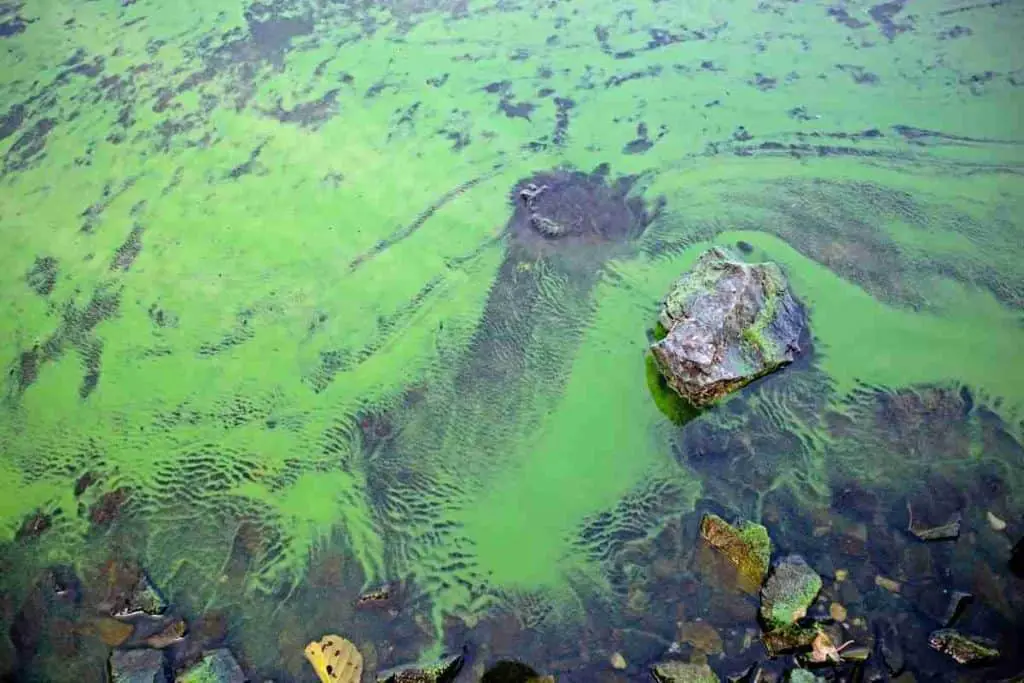
What Does Algae On Dryland Eat?
While most people associate algae with water, it can also be found on dry land. Algae on dry land are often found in areas with high humidity, such as rainforests or on rocks close to the shore.
Their main food source is sunlight, but they can also get nutrients from the moisture in the air and water from rainwater. Algae on dry land often have a symbiotic relationship with other plants, such as mosses.
The algae will provide the plant with nutrients, while the plant provides the algae with a place to live. This symbiotic relationship is beneficial for both parties involved.
While algae may not be the most appetizing plant, it is an essential source of food for many animals. Studies have shown that snails and slugs are particularly fond of algae, which is thought to play an important role in their diet.
Given the right conditions, algae can thrive on dry land. While it may not be the most glamorous plant, it plays an important role in the ecosystem.
Dryland Algae Food Source:
- Nutrients From Rainwater
- Carbon Dioxide From Sunlight
What Does Desert Algae Eat?
Desert algae can survive in extreme habitats with very little water. These hardy plants are often found under rocks and in other protected areas where they can absorb trapped moisture.
While they are capable of photosynthesis, desert algae often get the majority of their nutrients from the air and water around them. Desert algae are able to store large amounts of water in their cells, which helps them survive in these harsh conditions.
Like other plants, algae also use sunlight to convert carbon dioxide into food. However, they are often much smaller than other types of algae and have a dark color, which helps them absorb more light.
Desert Algae Food Source:
- Trapped Moisture
- Sunlight For Photosynthesis
How Does Algae Ingest Their Food?
Algae are a type of aquatic plant that does not have roots, leaves, or stems. Instead, they consist of a simple thallus or body, that is often just one cell thick.
Although algae are simple in structure, they are very diverse in terms of their shape, size, and color. Most algae are green due to the presence of chloroplasts, which are organelles that allow the plant to conduct photosynthesis.
Some algae are capable of conducting heterotrophy, which means they can ingest food like other animals. Heterotrophic algae use their cell membranes to surround and engulf small particles of organic matter.
Once the particles are inside the cell, enzymes break down the food into nutrients that can be used by the algae for growth and reproduction.
While all algae are not heterotrophic, this ability provides them with a significant advantage in nutrient-poor environments. As a result, heterotrophic algae play an important role in the global cycling of nutrients.
You May Also Like To Read:
How To Feed Algae When Growing Your Own?
Growing your own algae is fairly straightforward and only requires a few simple ingredients. Algae are mainly composed of water, so they will need a steady supply of water to grow.
In addition, they will need a source of light and nutrients. While algae can get some nutrients from the air, they will need a more substantial food source if you want them to grow quickly.
Another option is to use commercial fertilizers designed specifically for algae. These fertilizers often contain a mix of nitrogen, phosphorus, and potassium.
However, you need to be very careful when using fertilizers, as too much can lead to an algae bloom!
It’s important to strike a balance between providing enough food and light while also ensuring that you do not overdo it. With a little practice, you will be able to find the perfect conditions for your algae.
- Get a jar or container to grow the algae in
- Fill the pot with water and add the algae
- Add a small amount of fertilizer (Optional)
- Place the container in direct sunlight
- Wait for the algae to grow
Final Thoughts
So there you have it! Now you know what algae eat and how they ingest their food. If you’re interested in growing your own algae, be sure to check out our other blog posts about algae.
Just remember to go easy on the fertilizer as too much can cause algae blooms!
You May Also Like To Read:

